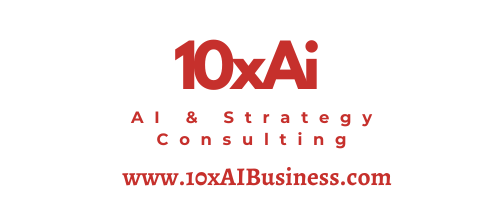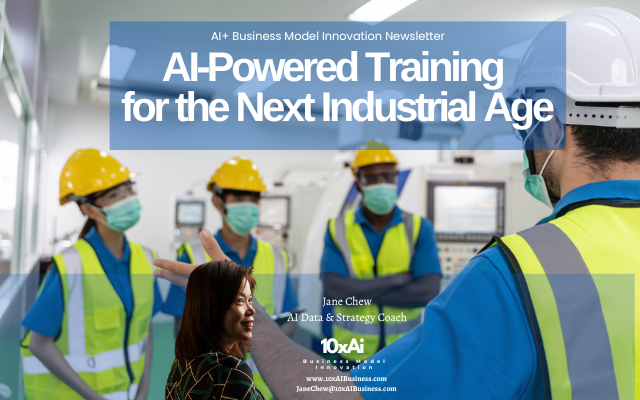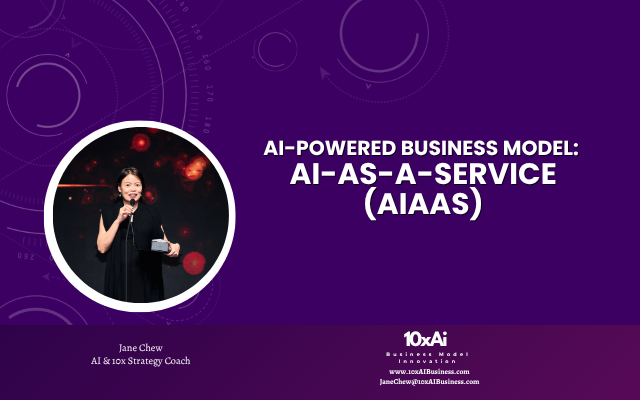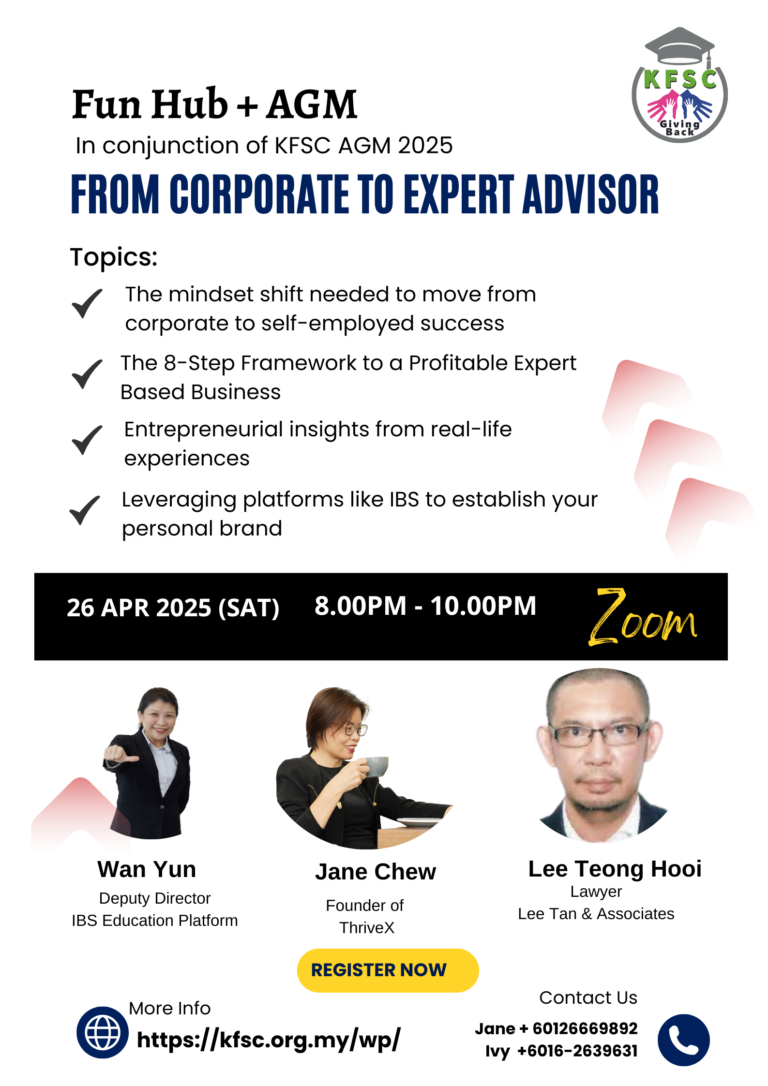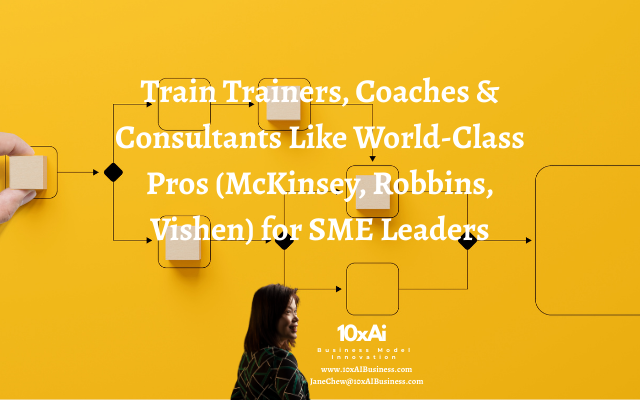Why It Matters
In highly technical sectors—automation, process control, semiconductor fabs—training isn’t just about knowledge transfer: it’s about safety, precision, and real-world decision-making under pressure. Traditional slides and manuals have a hard limit—AI breaks through it.
1. AI-Driven Simulations & Digital Twins
- Virtual reality (VR) + AI guidance: Research shows VR-based industrial training systems equipped with AI coaches reduce cognitive load and deepen retention—simulating complex controls, e.g., in mixers or pump systems
- Synthetic digital twins: Semiconductor plants now deploy autonomous control where AI learns processes and suggests operational tweaks—cutting down trial‑and‑error in real environments
- Emergency drills via AI gaming: Texas A&M and EnerSys launched an AI game for pipeline safety—immersive multiplayer scenarios expose trainees to rare but dangerous events in a safe, measurable environment
2. Interactive AR for On-the-Job Training
- Augmented reality overlays guide service technicians during assembly or diagnostics—showing real-time instructions on valves, panel wiring, or machinery settings .
- Clever AR reduces errors and ramps up confidence, especially when training staff across multiple sites and languages.
3. AI-Powered Fault Diagnosis & Virtual Mentorship
- Embedded AI in diagnostic systems can spot anomalies in sensor streams or control parameters—and coach technicians step-by-step on how to test, analyze and correct issues.
- Case studies show digital assistant systems providing context-aware voice guidance replicate the job‑shadowing model without tying up senior staff.
4. Generative Content for Training Materials
- Tools like Clueso convert process demos into narrated videos, captions, translated scripts and SOPs—streamlining content creation for trainers and field engineers
- LLMs generate VR/AR lesson authoring tools such as FlowTrainer, enabling SMEs to build immersive training modules without development overhead .
5. Digital Twins for Emergency Preparedness
- Port operators are now developing AI-enabled digital twins (e.g., OPTICS) for emergency-response training.
- A Unity/ArcGIS-powered replica simulates vessel traffic and scenarios.
- A generative AI-trained model conjures synthetic incidents (HazMat spills, collisions, cyber-attacks) to train operators on low-frequency but high-risk events .
📊 Results & Impact
| Outcome | Impact |
|---|---|
| Faster competence | Studies show VR+AI training achieves comparable skill levels to traditional methods—at lower cost and higher safety . |
| Reduced incidents | Pipeline trainers report better readiness for rare emergencies with AI-powered gaming . |
| Content scalability | Clueso and FlowTrainer support global teams, multilingual delivery, and consistent tech training . |
🌱 What This Means for SMEs & Larger Manufacturers
- Scalable expertise: AI enables delivering expert-level training without depending on expert availability.
- Resilient workforce: Teams trained on AI-enhanced drills can better handle real-world anomalies.
- Faster rollout: AI-generated VR content cuts lead time—from concept to on-the-floor training—in weeks, not months.
✅ Next Steps
- Pilot a smart simulation: Choose a high-risk or repetitive scenario and test an AI/VR/AR pilot.
- Use AI to digitize your manuals: Record critical tech procedures and convert them into narrated videos/SOPs with tools like Clueso.
- Co-create custom scenarios: Build virtual incidents for emergency readiness tailored to your plant layout or equipment.
Check out the latest AI + Business Model newsletter here.
Curious how AI trends will impact your business or industry?
Let’s talk.
📞 Contact me at 012-666 9892 to book an AI Discovery Workshop — I’ll help you identify the trends, tools, and opportunities tailored to your industry.
#AIforBusiness #SMETransformation #FutureProof #SuccessXExpert #BusinessModelInnovation
